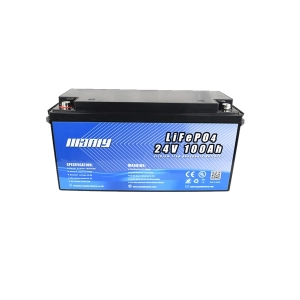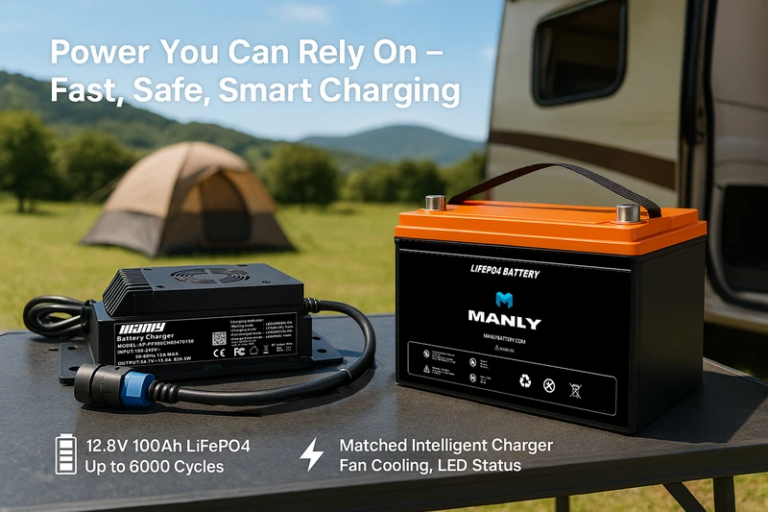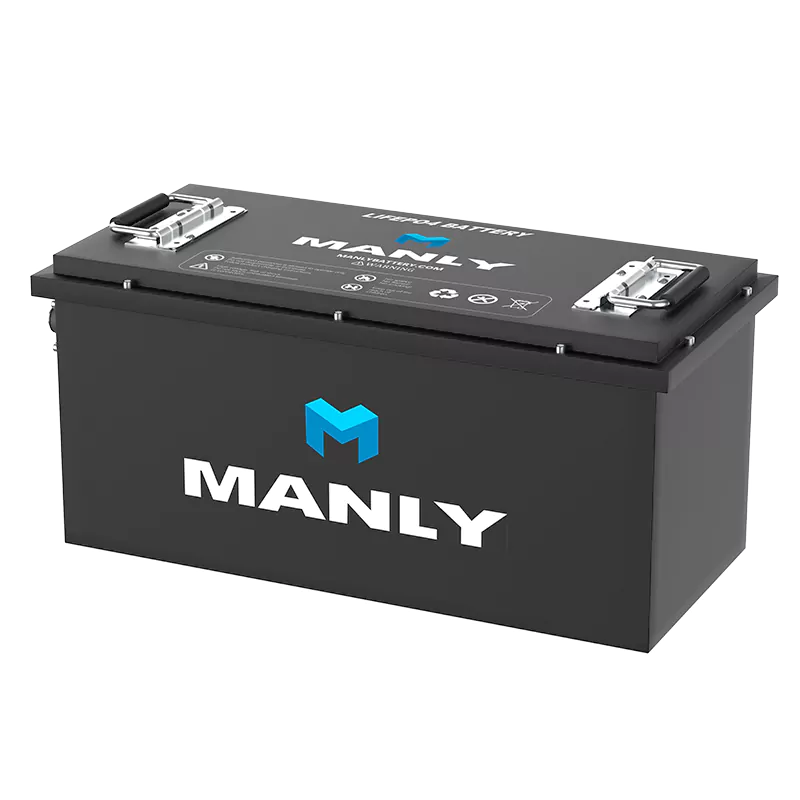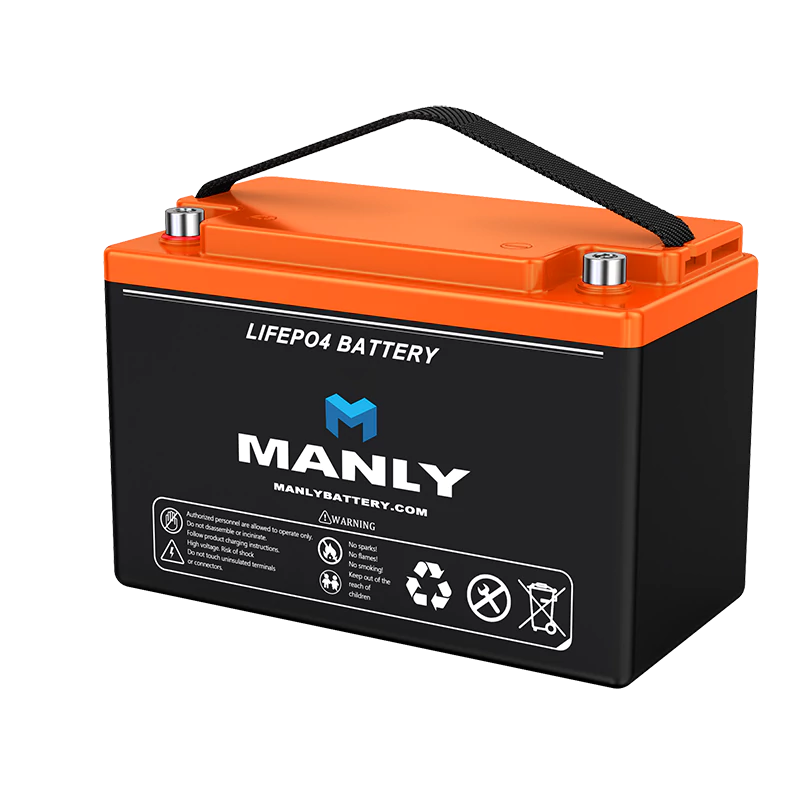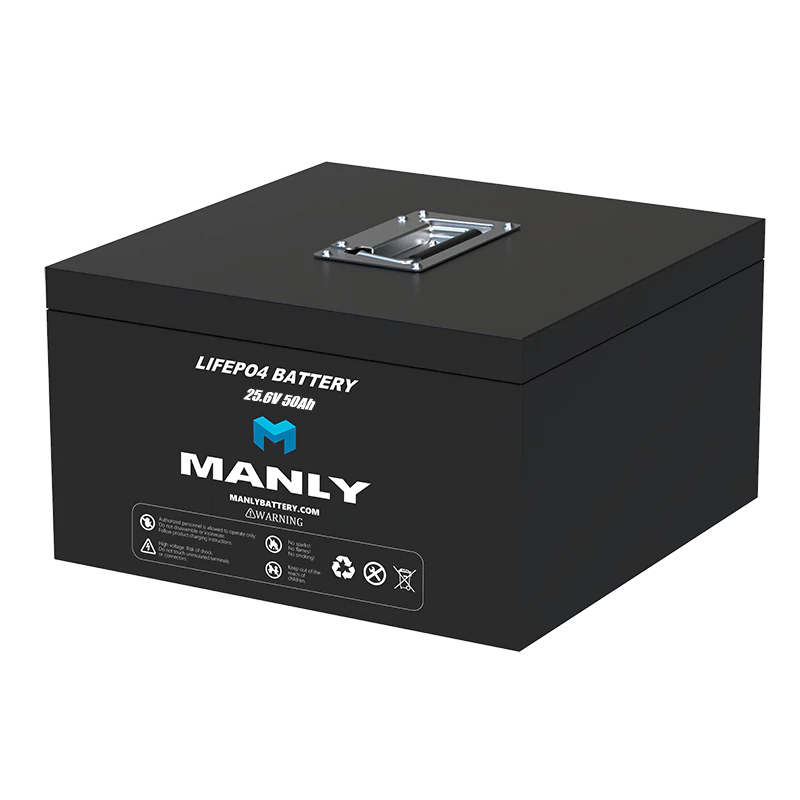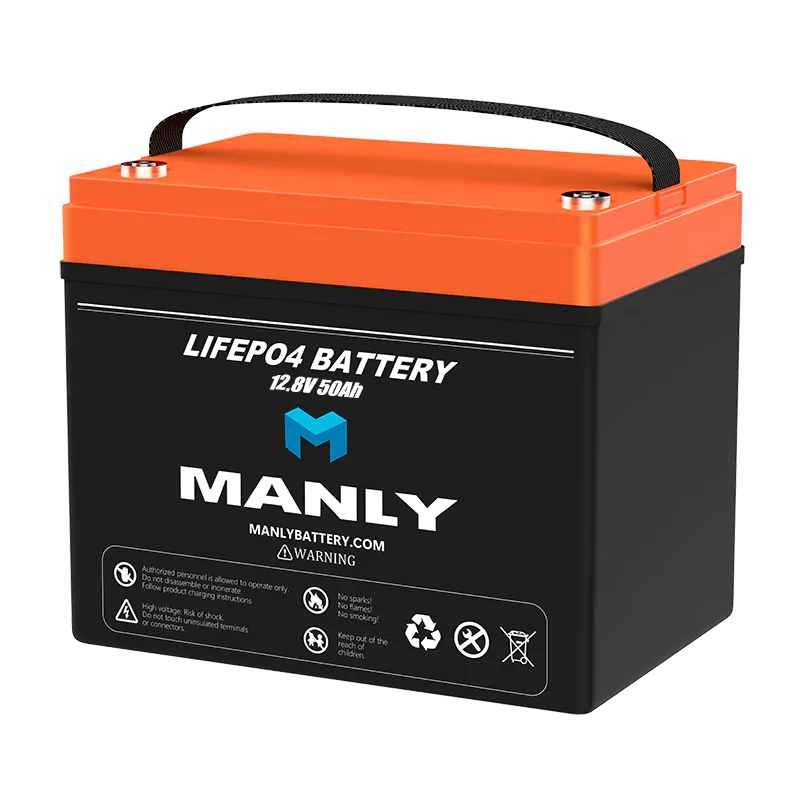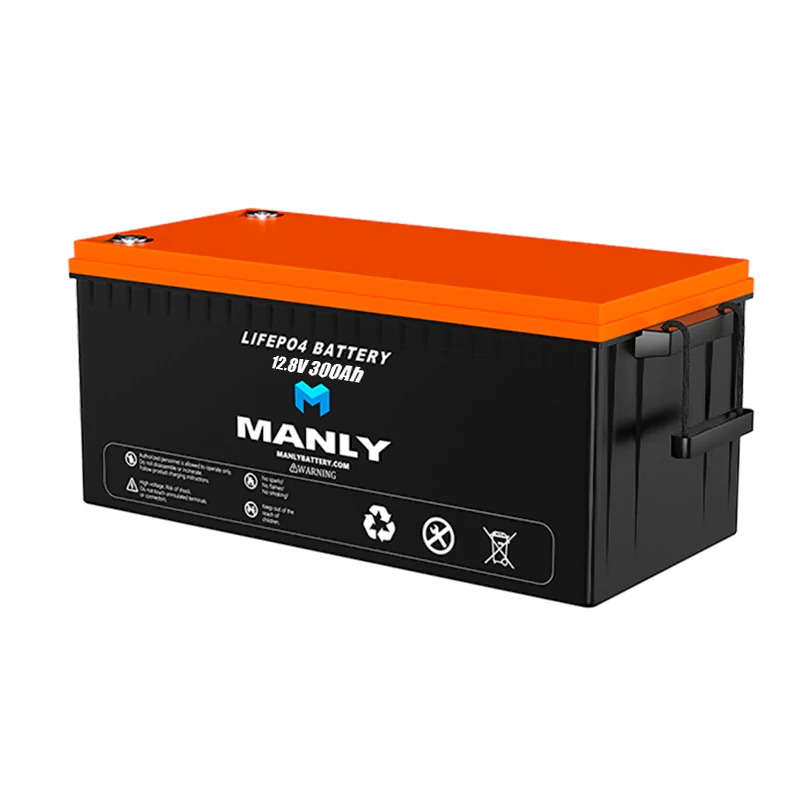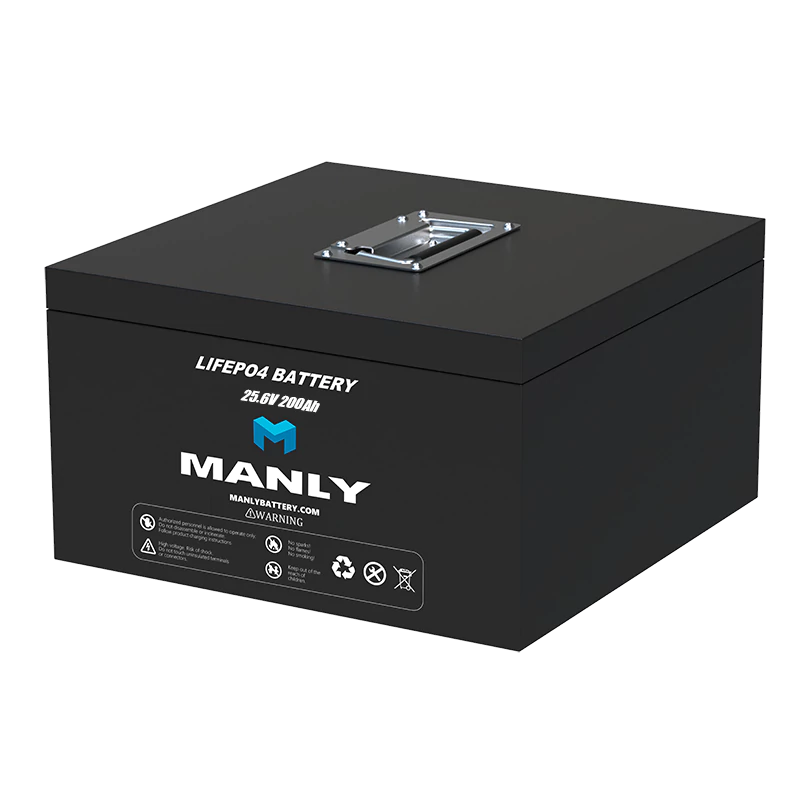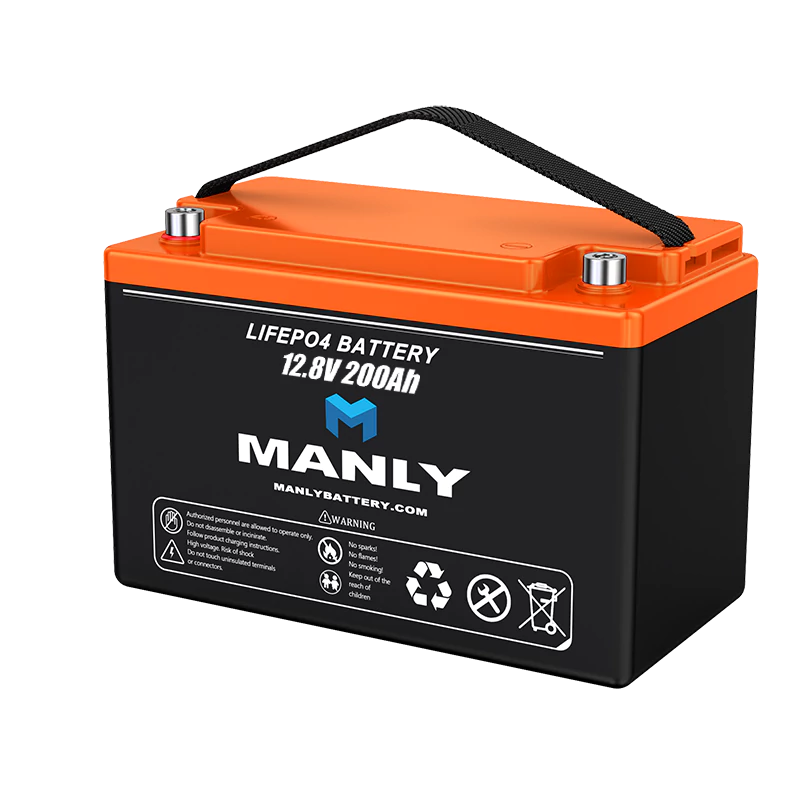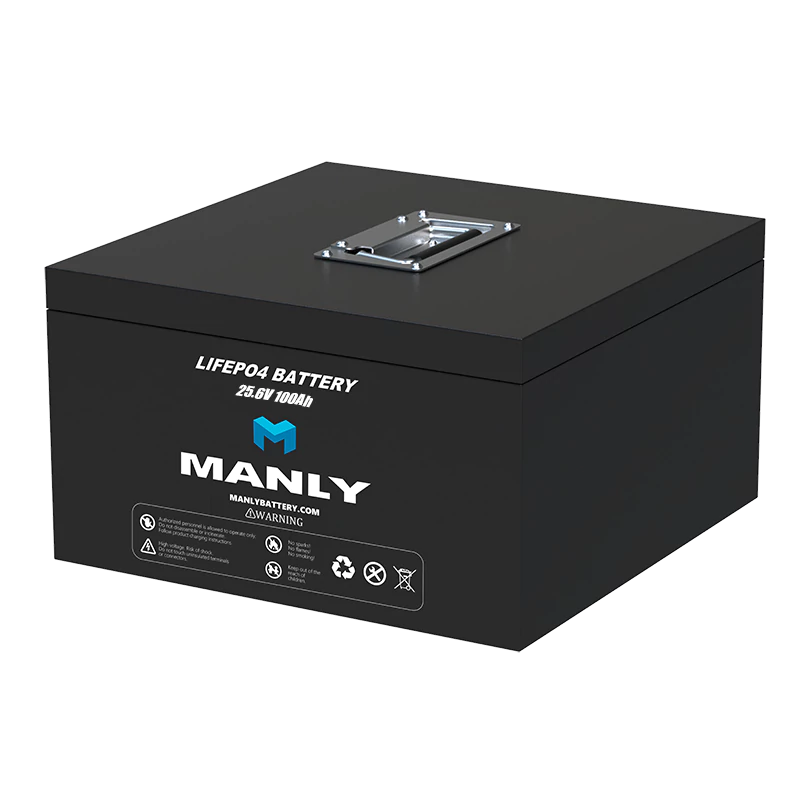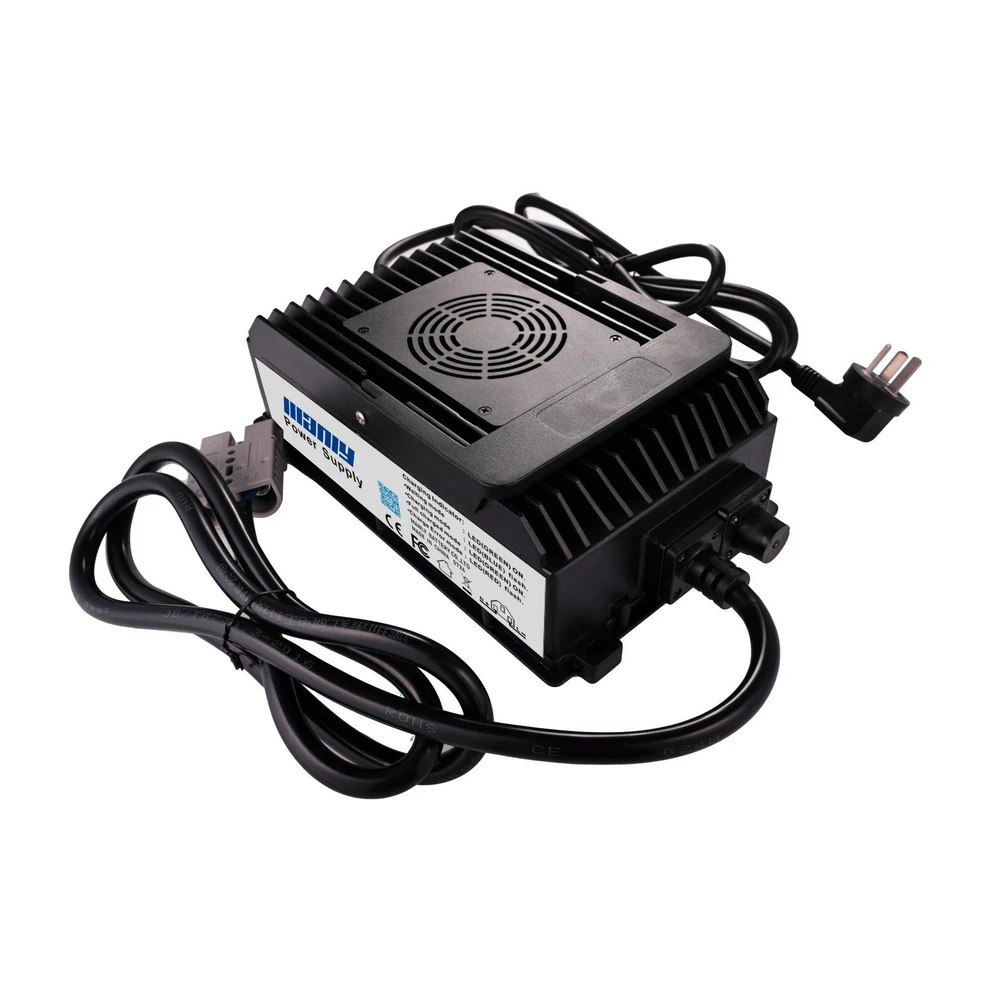Group 35 Battery Guide: Specs, Applications & Buying Tips
Table of Contents
- Group 35 Battery Guide: Specs, Applications & Buying Tips
- What is Group 35 Battery?
- Technical Specifications & Key Features
- Applications and Benefits
- Comparison: Difference Between 24F and 35 Battery
- How to Choose the Best Group 35 Battery
- Finding a Reliable Battery Supplier
- Maintenance, Troubleshooting, and Longevity
- Conclusion
- FAQ
- Hot Search
- Learn More About Battery
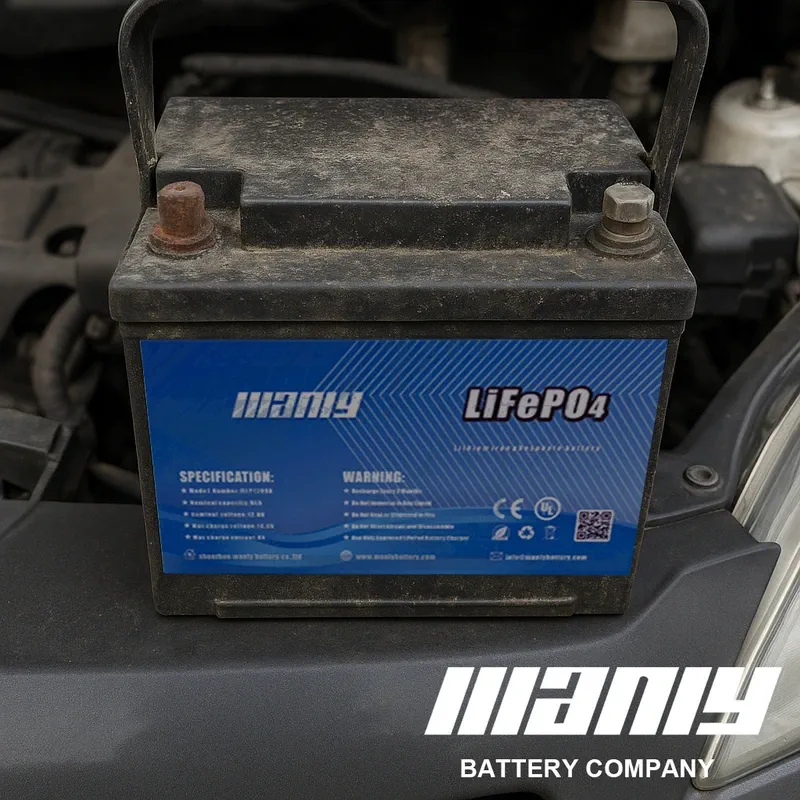
What is Group 35 Battery?
1. Definition
A group 35 battery is a standardized battery size defined by the Battery Council International (BCI). This classification specifies the battery's physical dimensions, terminal placements, and essential characteristics. Knowing this ensures the battery fits perfectly into vehicles or equipment designed for this size.2. Standardization
Industry organizations like the BCI create battery group standards to simplify compatibility. Manufacturers and consumers can easily select replacements by standardizing battery sizes and characteristics. Each group number, including group 35 battery, represents specific dimensions and terminal locations, ensuring ease of installation and compatibility across multiple applications.3. Relevance
Understanding precisely what a group 35 battery is helps ensure optimal vehicle or equipment performance. Choosing the correct battery size avoids fitting issues, provides reliable power delivery, and reduces maintenance problems. Using your application's best group, 35 battery enhances starting power, electrical efficiency, and reliability.Technical Specifications & Key Features
1. Dimensions & Physical Size
A typical group 35 battery measures approximately 9.06 inches long, 6.88 inches wide, and 8.88 inches high. Terminal placement is standardized to avoid compatibility issues during installation. These dimensions ensure that the battery securely fits in designated compartments without additional modifications.2. Voltage & Capacity
Most group 35 batteries deliver a standard voltage of 12 volts, suitable for automotive, marine, and RV applications. Their capacity generally ranges from 44 to 65 ampere-hours (Ah). Higher Ah values offer extended usage periods between charges, making them suitable for vehicles with greater electrical demands.3. Battery Chemistry & Types
Several battery chemistries are available for the group 35 battery:- Flooded Lead-Acid: Affordable and reliable but requires regular maintenance such as electrolyte checks and terminal cleaning.
- Absorbent Glass Mat (AGM): Maintenance-free, providing excellent performance and a longer lifespan. It is ideal for applications demanding higher electrical loads.
- Gel Cell: Also maintenance-free, offering deep cycling capabilities for frequent discharge and recharge cycles, although typically pricier than AGM and flooded types.
- Lithium-Ion: Lightweight, maintenance-free with high energy density and long life expectancy. These are more expensive but increasingly popular for performance-oriented applications.
Applications and Benefits
1. Automotive Use
The group 35 battery primarily supports starting, lighting, and ignition (SLI) systems in vehicles. Its standardized dimensions and reliable 12-volt output make it ideal for cars, SUVs, and trucks, ensuring consistent engine starts and stable electrical system performance.2. Marine, RV, and Backup Power Systems
The versatility of the group 35 battery extends beyond automotive use. These batteries in marine vessels and RVs effectively power engines and onboard electronics. Their adaptability also makes them valuable in backup power systems, such as uninterruptible power supplies (UPS), which provide steady and reliable emergency power.3. Advantages of Standardization
The standardization of group 35 batteries brings significant benefits:- Easy identification and replacement across various vehicle models and equipment types.
- Improved reliability and reduced downtime, thanks to consistent dimensions and characteristics.
- Greater confidence in sourcing batteries from any reputable battery supplier, knowing they will fit and perform as expected.
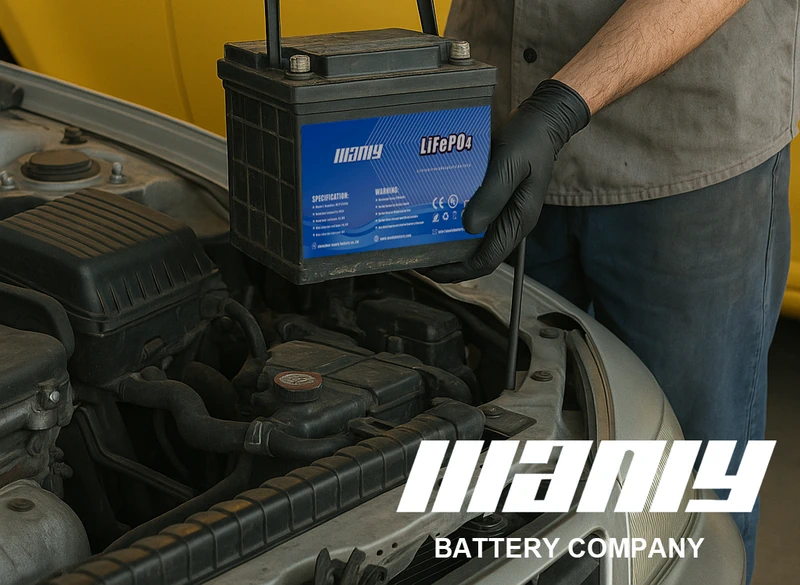
Comparison: Difference Between 24F and 35 Battery
1. Physical & Technical Differences
Size and WeightThe main difference between 24f and 35 battery sizes is their physical dimensions and weight. A 24F battery typically measures 10.3 inches long, 6.8 inches wide, and 8.9 inches high. Conversely, a group 35 battery is slightly shorter, approximately 9.1 inches long, 6.9 inches wide, and 8.9 inches high. This makes the 24F heavier, generally weighing around four pounds more than the group 35.Performance MetricsKey performance indicators include Cold Cranking Amps (CCA) and Reserve Capacity (RC). Usually, 24F batteries have a higher CCA rating, providing more reliable performance in colder weather. They also typically offer a greater reserve capacity than a group 35 battery, meaning they can supply power longer without recharging.2. Suitability for Different Conditions
If you live in an area with harsh, cold winters, a 24F battery is generally the best choice due to its higher CCA rating, ensuring consistent starts in low temperatures. Conversely, a group 35 battery is a practical, cost-efficient option for milder climates or areas with less severe winters, providing adequate performance without unnecessary additional capacity.3. Cost & Value Considerations
Typically, group 35 batteries are more affordable than their 24F counterparts. When assessing long-term value, consider the initial purchase price, performance, and durability. While a 24F battery might cost more initially, its enhanced cold-weather capabilities offer better value in certain climates. The best group 35 battery provides excellent overall value for general usage and moderate environmental conditions.How to Choose the Best Group 35 Battery
1. Factors to Consider
When selecting the best group 35 battery, consider these factors:- Performance: Higher Cold Cranking Amps (CCA) and Reserve Capacity (RC) ratings for reliability.
- Durability: Opt for AGM or Lithium-Ion types if you prefer lower maintenance and longer lifespan.
- Maintenance Requirements: Choose a battery type based on your willingness and capability for upkeep.
- Cost vs. Long-Term Value: A higher-priced battery might offer better long-term value through enhanced reliability and reduced maintenance.
2. Expert Recommendations
For vehicles with heavy electrical demands or frequent short trips, AGM or Lithium-Ion batteries are highly recommended due to their superior longevity and low maintenance. Proper installation and regular checks are critical to maximize battery life and performance.3. Highlighting Key Features
Choose a group 35 battery that emphasizes reliability and high efficiency and meets the specific needs of your vehicle or equipment. Look for corrosion-resistant terminals, spill-proof design, and robust construction for optimal performance.Finding a Reliable Battery Supplier
1. Importance of a Trusted Supplier
Choosing a reputable battery supplier significantly impacts product quality, reliability, and customer service. Trusted suppliers ensure consistent product quality, reducing the risk of premature failures or performance issues.2. Evaluation Criteria for Suppliers
Consider these factors when selecting your supplier:- Customer Reviews: Check feedback to gauge reliability and customer satisfaction.
- Warranty Offers: Suppliers are preferred for offering robust warranty coverage.
- After-Sales Support: Look for strong technical support and helpful customer service.
3. Expert Tips on Supplier Selection
Always purchase from established suppliers with clear policies and transparent product specifications. Verify their track record through customer reviews and industry ratings to ensure you're investing in a high-quality battery.Maintenance, Troubleshooting, and Longevity
1. Maintenance Best Practices
Routine checks for group 35 batteries include:- Inspecting and cleaning terminals regularly to prevent corrosion.
- Checking electrolyte levels if using flooded lead-acid types.
- Ensuring secure connections and proper battery compartment fitting.
2. Troubleshooting Common Issues
Common battery issues include slow cranking, diminished capacity, and frequent discharging. These problems typically arise from poor terminal connections, low electrolyte levels, or inadequate charging. Regular checks help identify issues early, preventing significant problems.3. Maximizing Lifespan
To extend the lifespan of your group 35 battery, follow these tips:- Avoid deep discharging and promptly recharge the battery.
- Store the battery fully charged during prolonged non-use periods.
- Battery maintainers are used for vehicles infrequently driven to sustain optimal charge levels.



